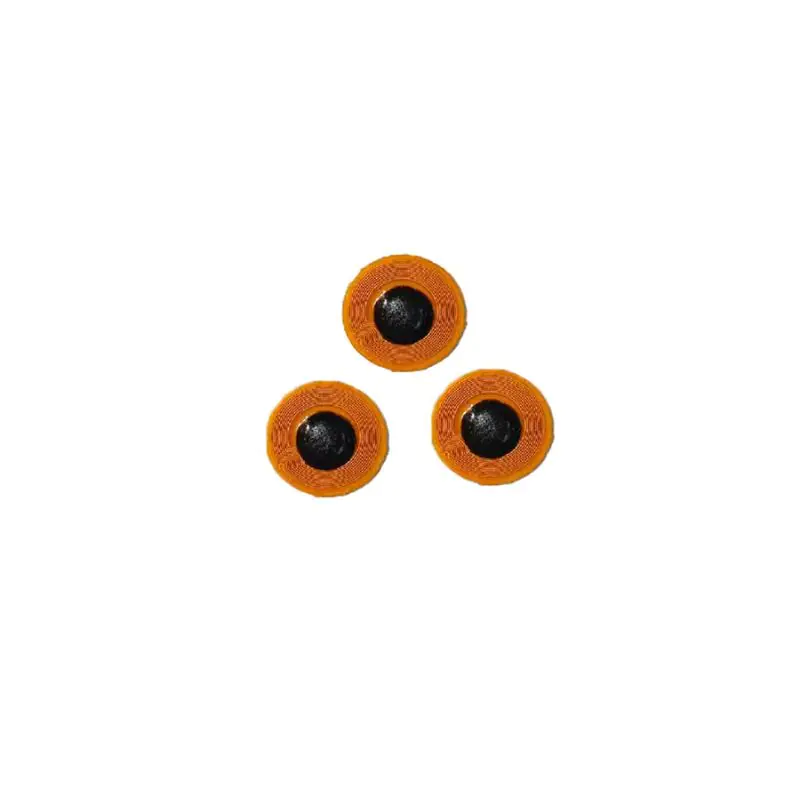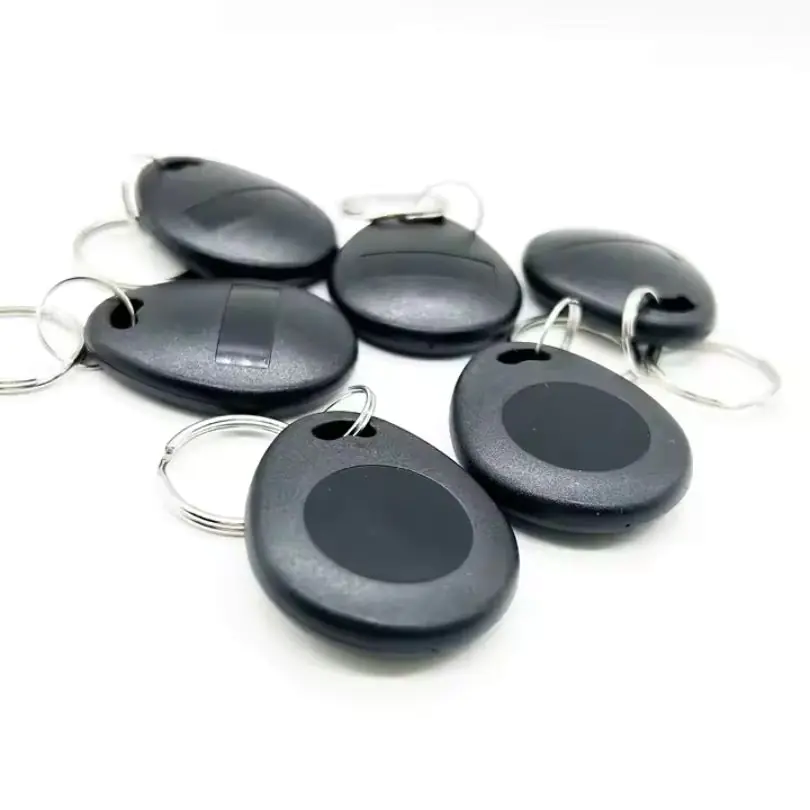
Exploring the Different Types of RFID Systems
Tabela e Përmbajtjes
A Complete Guide to LF, HF, UHF, and Active RFID Technologies
However, not all RFID systems are created equal. Choosing the right frequency band and tag type (passive or active) is critical for your specific application, whether you’re managing inventory, tracking assets, or enhancing access control.
This guide breaks down the different types of RFID systems, how they work across various frequency bands (LF, HF, UHF), and when to choose passive or active RFID solutions.
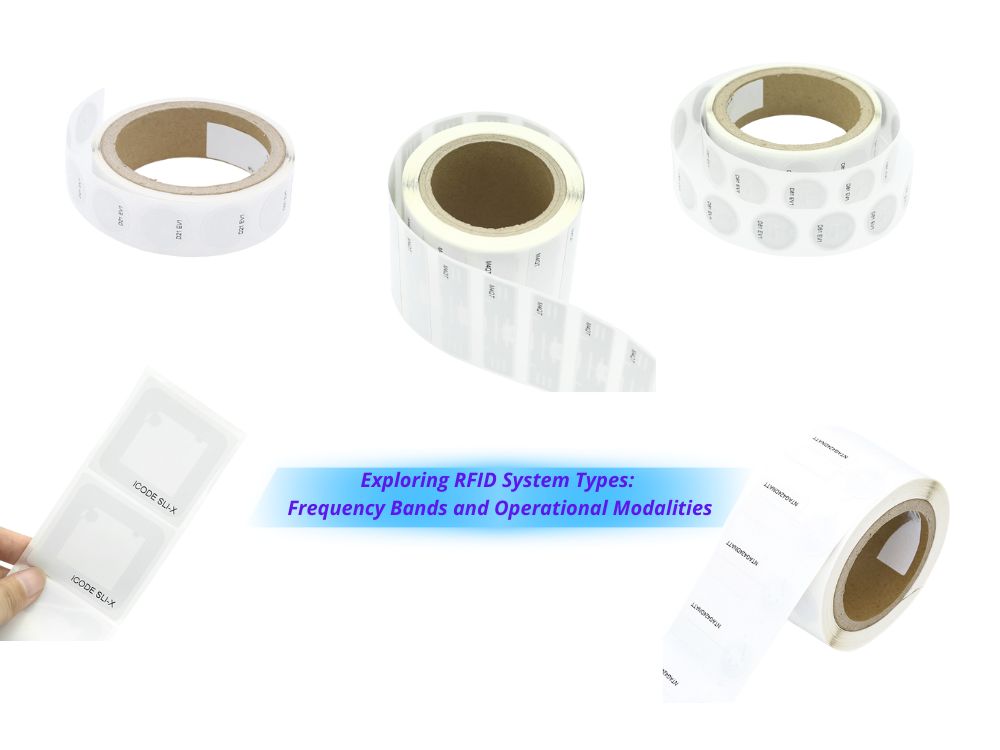
What Is an RFID System?
An RFID system consists of three main components:
Një Etiketa RFID (transponder) attached to an item
Një lexues RFID that communicates with the tag via radio waves
A backend system (like inventory software) to process the data
RFID systems vary in range, speed, cost, and durability depending on the tag and frequency used, making it critical to understand the differences.
The 4 Main Types of RFID Systems
1. Low Frequency (LF) RFID – 125 kHz
Gama e leximit: ~10 cm (4 inches)
Speed: Slow data transfer
Përdorimet e zakonshme: Livestock tracking, key fobs, industrial automation
Të mirat: Works near metal or liquids, affordable
Disavantazhet: Short range, limited data capacity
Aplikimet:
- Livestock & Animal ID: Ear tags for cattle, sheep, and pigs
- Kontrolli i hyrjes: Key fobs, building entry cards
- Industrial Automation: Tool tracking in manufacturing
- Laundry & Textile Tracking: Washable tags for hotel/medical laundry systems
- Anti-Theft Systems: Embedded LF tags in tools or assets
Studim rasti:
Cattle Ranching in Australia
A large-scale cattle operation implemented LF RFID ear tags to monitor health, vaccination, and breeding status for over 50,000 animals. Despite dusty and metal-rich environments, LF tags offered reliable close-range reads at feeding stations and during veterinary inspections.
2. High Frequency (HF) RFID – 13.56 MHz
Gama e leximit: Up to 1 meter (3.3 feet)
Speed: Moderate data transfer
Përdorimet e zakonshme: Contactless payments, library books, access control (NFC, MIFARE)
Të mirat: Supports encryption, global standard (ISO 14443, ISO 15693)
Disavantazhet: Medium read range, less ideal for fast-moving objects
Aplikimet:
- Smart Cards & Access Badges: Employee IDs, student IDs
- Payment Systems: NFC payment cards and mobile wallets
- Library & Media Management: Book and DVD tagging for check-in/out
- Event Management: Wristbands and NFC tickets for fast access
- Kujdesi shëndetësor: Patient wristbands, medication tracking
- Retail Marketing: NFC-enabled posters, loyalty cards, smart packaging
Studim rasti:
University Library System (Europe)
A university replaced barcode-based tracking with HF RFID tags on over 300,000 books and media. HF readers enabled rapid check-in and self-checkout stations, reducing wait times and manual labor by 60%.
3. Ultra High Frequency (UHF) RFID – 860–960 MHz
Gama e leximit: Up to 12 meters (40 feet)
Speed: Fast data transfer
Përdorimet e zakonshme: Warehouse logistics, supply chain management, inventory tracking
Të mirat: Long range, high-speed reads, multiple tag scanning
Disavantazhet: Sensitive to liquids and metals without proper tag design
Aplikimet:
Warehouse & Inventory Management: Automated pallet and item tracking
Retail Loss Prevention & Stock Replenishment: Apparel, electronics
Menaxhimi i Aseteve: Tools, vehicles, IT equipment
Prodhimi: Production line tracking, work-in-progress visibility
Kujdesi shëndetësor: Tracking surgical instruments, medical devices
Race Timing: UHF tags in runner bibs for sports events.
Studim rasti:
Global Automotive Manufacturer (USA/Mexico)
A major auto parts supplier used UHF RFID tags to track parts through every assembly process step. The plant automated quality checks with overhead antennas and reader gates, ensuring parts were not skipped. This reduced manual scanning by 90% and saved $250K annually in labor.
4. Active RFID Systems
Burimi i energjisë: Battery-powered tags
Gama e leximit: Up to 100 meters or more
Përdorimet e zakonshme: Vehicle tracking, construction sites, mining, real-time location systems (RTLS)
Të mirat: Long range, real-time data, rugged durability
Disavantazhet: Higher cost, limited battery life
Aplikimet:
Vehicle Fleet Tracking: Logistics, mining, yard management
Personnel Safety Monitoring: Workers in hazardous zones
Construction: Tracking tools, heavy equipment, safety gear
Military & Defense: Asset and personnel tracking
Hospital RTLS: Locating high-value equipment and staff in real time
Event Tracking: Real-time attendee movement analysis.
Studim rasti:
Mining Operation (South Africa)
A mining company deployed Active RFID tags on helmets and vehicles to ensure worker safety in deep underground tunnels. The system monitored zones in real-time, automatically triggering alerts if unauthorized access occurred or personnel exceeded safety time limits in high-risk areas.
RFID System Comparison Table
| Lloji RFID | Frekuenca | Gama | Typical Use Cases | Kostoja |
|---|---|---|---|---|
| LF RFID | 125 kHz | ~ 10 cm | Animal tracking, access fobs | E ulët |
| HF RFID | 13,56 MHz | ~1 m | Smart cards, NFC, ID badges | E moderuar |
| UHF RFID | 860–960 MHz | 5–12 m | Logistics, retail inventory | Low–Mid |
| RFID aktive | Ndryshon | 30–100 m+ | RTLS, heavy equipment, vehicles | Lartë |
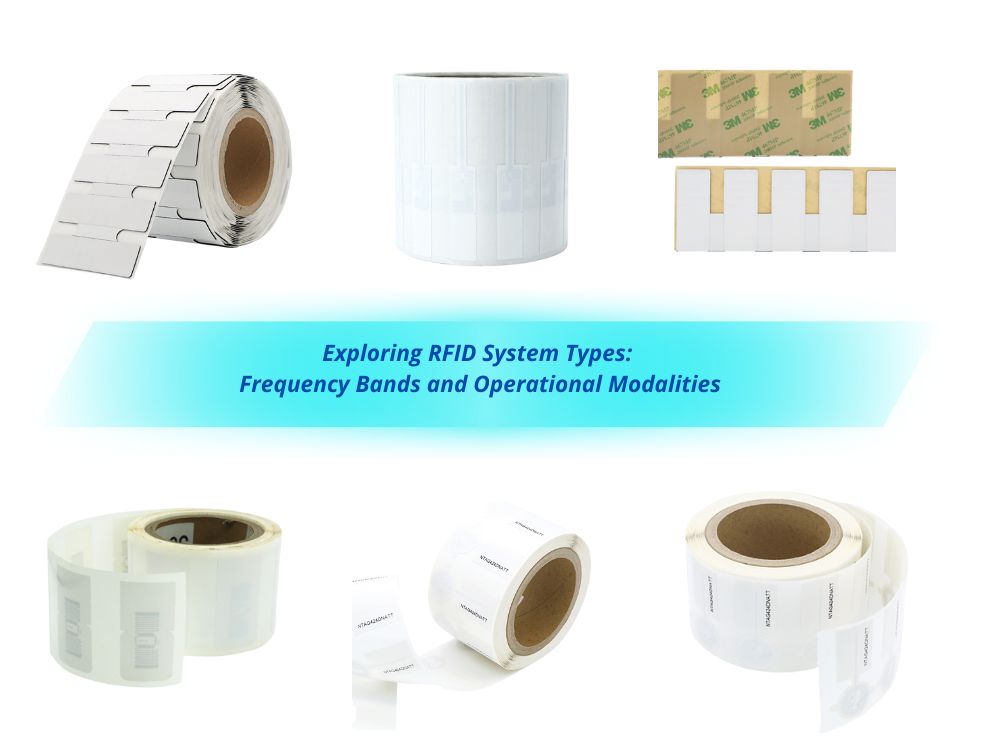
Zgjedhja e sistemit të duhur RFID
Ask yourself:
What read range do I need?
What materials will the tag be attached to?
Is real-time tracking important?
Do I need encrypted or secure data transfer?
What’s my budget for tags and readers?
If you’re unsure, our RFID experts can help you select the best system based on your goals and environment.
Expert Tip: Avoid Common RFID Mistakes
Many companies choose the wrong RFID system because they focus on cost alone. A cheap tag that doesn’t perform reliably in your environment could cost more in lost time, misreads, or asset loss.
Choose based on environmental factors, read reliability, and application-specific requirements.
Pyetjet e bëra më shpesh
1. What is the difference between LF, HF, and UHF RFID?
The main difference lies in frequency, which affects read range and application:
- LF (Low Frequency, 125 kHz): Short read range (~10 cm), ideal for close-range access control or animal tracking.
- HF (High Frequency, 13.56 MHz): Mid-range (~1 m), used in NFC, library systems, and smart cards.
- UHF (Ultra High Frequency, 860–960 MHz): Long range (up to 12 meters), best for warehouse, logistics, and inventory management.
2. Which RFID system is best for tracking items in a warehouse?
UHF RFID is usually the best choice for warehouses. It offers long-range, fast scanning and supports bulk reading, allowing hundreds of items to be identified within seconds — even from a distance.
3. Can RFID tags work near metal or water?
Yes — but performance depends on the frequency and tag design:
- LF RFID is least affected by metal and water
UHF RFID can be impacted unless you use metal-mount - UHF tags or special waterproof designs
- HF RFID can function near liquids but requires careful placement
We offer specialized RFID tags designed to work on or near metal, plastic, and liquid containers.
4. What’s the lifespan of an RFID tag?
Most passive RFID tags (LF, HF, UHF) have lifespans of 10+ years, with read/write cycles exceeding 100,000 uses.
Active RFID tags have batteries that typically last 3–5 years, depending on signal transmission intervals.
5. Do I need special software to use RFID tags?
Yes. You’ll need an RFID reader and compatible middleware or inventory management software to read, store, and manage RFID data. We provide hardware and integration guidance to simplify the setup process.
6. Can you help us choose the right RFID system?
Absolutely! JIA RFID offers free consultations, sample kits, and technical support to help you choose the most cost-effective and high-performance solution based on your application, budget, and environment.
Need Help with RFID Tags or Systems?
At JIA RFID, we offer:
High-performance LF, HF, and UHF Tags
RFID readers, antennas, and software
Expert guidance and custom solutions for your use case
Fast global shipping & sample support
📞 Na kontaktoni today to request a free consultation or RFID sample kit.
Komentet
Produkte të nxehta

RFID Laundry Tag Guide 2025: Smarter Tracking, Less Waste, and Real Results
Did you know that smart RFID systems can reduce laundry losses by up to 95%? That’s a game-changer for laundry businesses that lose time and money tracking items manually.
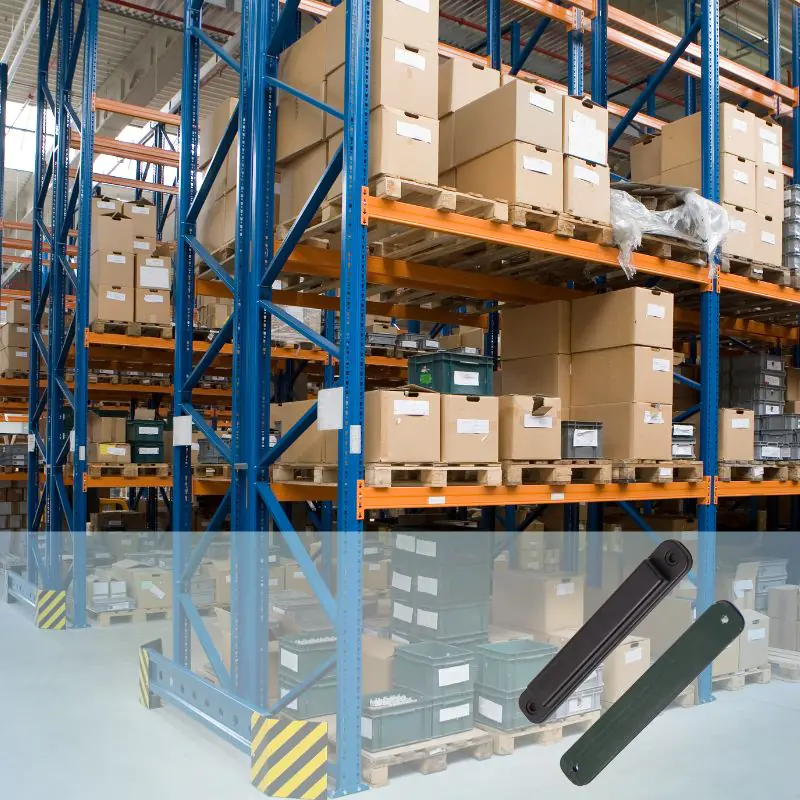
How RFID Tags for Pallet Streamline Tracking in Warehouses
Pallet-level tracking is critical for inventory accuracy, operational efficiency, and real-time visibility in today’s fast-paced logistics and supply chain environments.
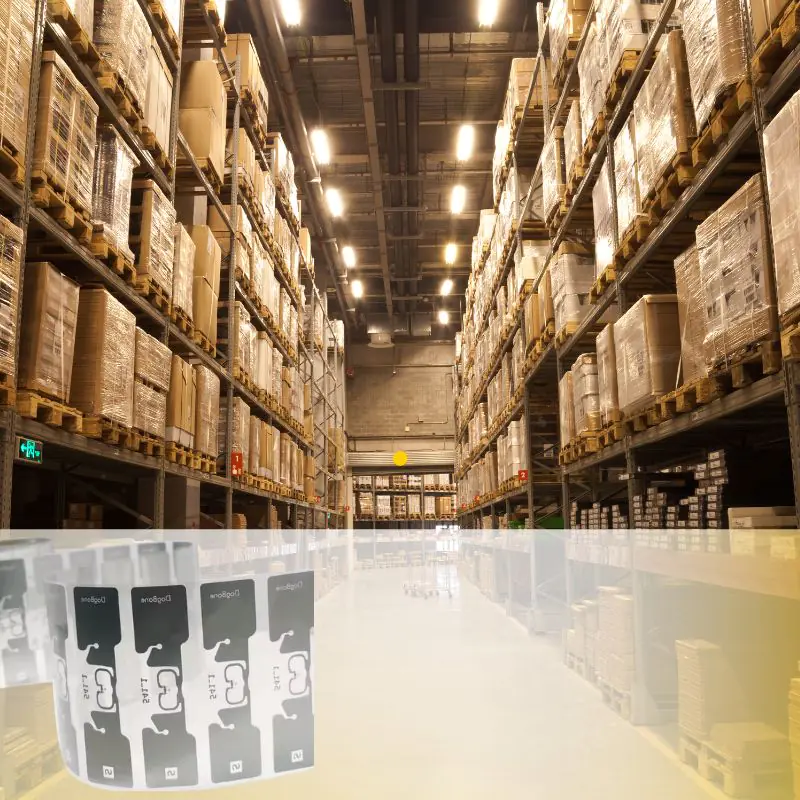
Top 5 Types RFID Tag for Warehouse Automation
Warehouse operations are becoming more complex, and manual tracking methods can’t keep up. RFID tags for warehouse automation enable real-time data capture, faster inventory processing, and better traceability.
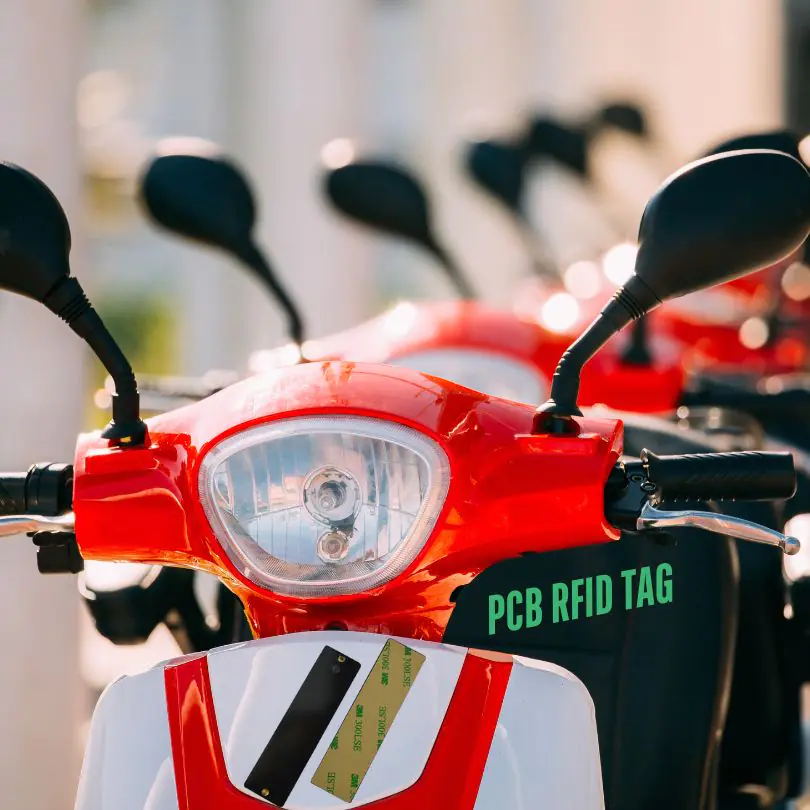
RFID Smart License Plates Help Hengshui to Track The E-Bikes
As urbanization accelerates and the green travel movement gains momentum, electric bicycles have become vital to daily commuting in Hengshui, Henan Province.

Çfarë është një etiketë PCB
Mësoni se si zgjidhjet inovative të etiketave dhe RFID transformojnë industritë nga shitja me pakicë dhe logjistika në kujdesin shëndetësor dhe arsimin.
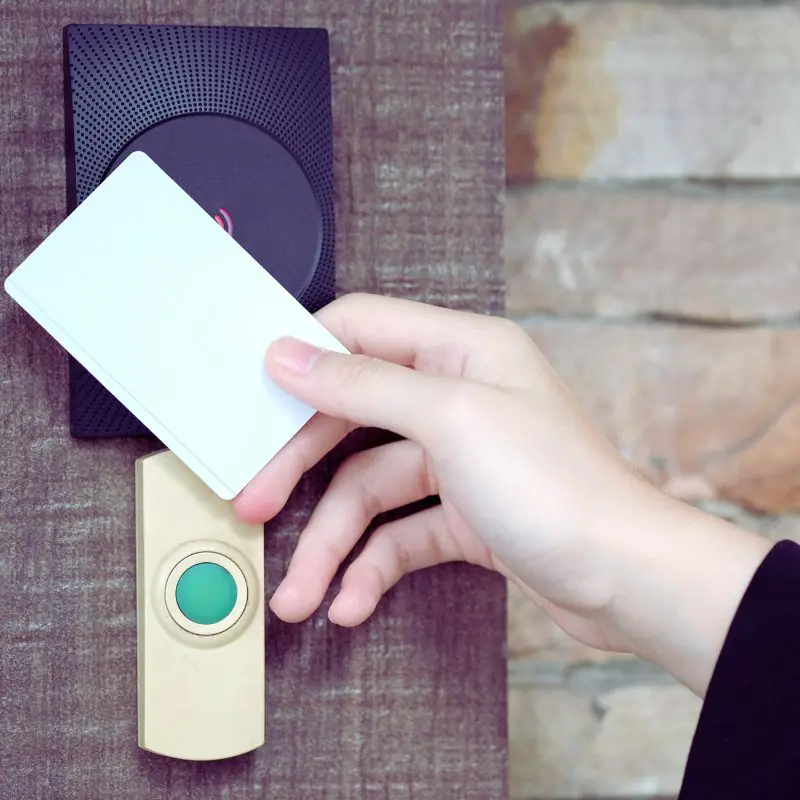
RFID vs NFC: Dallimet kryesore midis RFID dhe NFC
Ky artikull eksploron ndryshimet midis RFID dhe NFC, dy teknologji që revolucionarizojnë operacionet e biznesit.
Etiketat
BLOG TË LIDHUR

RFID Laundry Tag Guide 2025: Smarter Tracking, Less Waste, and Real Results
Did you know that smart RFID systems can reduce laundry losses by up to 95%? That’s a game-changer for laundry businesses that lose time and money tracking items manually.

How RFID Tags for Pallet Streamline Tracking in Warehouses
Pallet-level tracking is critical for inventory accuracy, operational efficiency, and real-time visibility in today’s fast-paced logistics and supply chain environments.

Top 5 Types RFID Tag for Warehouse Automation
Warehouse operations are becoming more complex, and manual tracking methods can’t keep up. RFID tags for warehouse automation enable real-time data capture, faster inventory processing, and better traceability.

